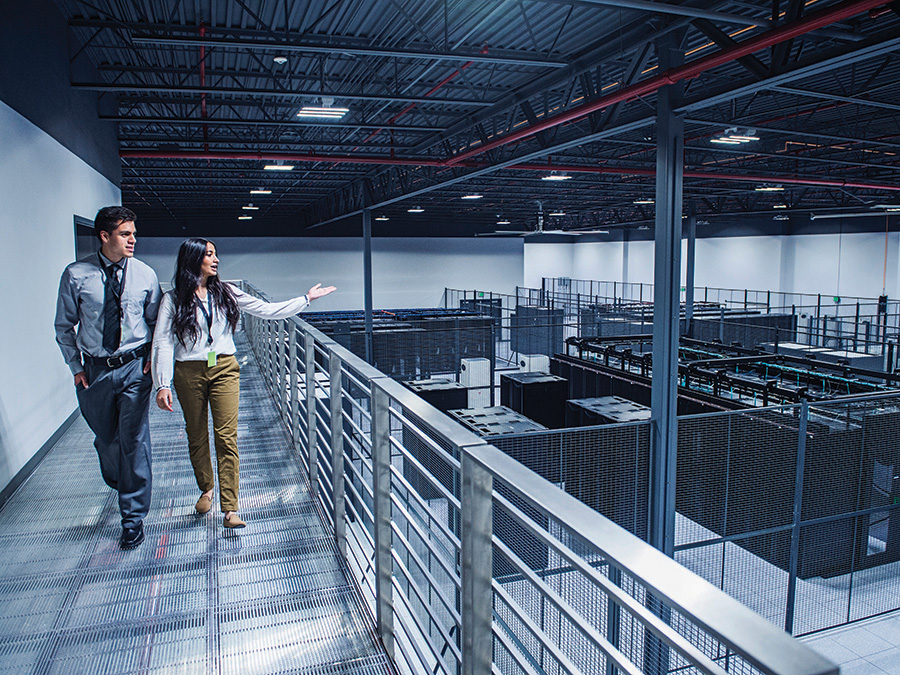The retail industry is accelerating its drive towards more interactive and digitised customer experiences as it seeks to retain its relevance in an age of digital commerce. Many now use sensors to track footfall in real-time, have installed smart mirrors, and rely on large digital in-store displays. Others are turning to augmented reality, virtual assistants and other digital capabilities to augment the experiences of customers.
Unsurprisingly, the sharp increase in technology adoption of retail stores makes it more important than ever to reduce downtime risk. As technology reshapes the face of retail stores, this is culminating in increased complexity – and heightened risks – within retail environments.
According to earlier research from Gartner, downtime costs average $5,600 per minute or well over $300K per hour. This number increases in environments where high-level data transactions occur, such as retail outlets. This means retail organisations must think deeper about how they can strengthen their technology implementations and enhance the reliability of store operations.

Deploy a Hybrid Architecture
In a blog post, Jamie Bourassa of Schneider Electric recommends the use of a hybrid architecture for new technology implementation for cost-effectiveness and reliability. In the face of growing complexity in IT systems, hybrid architectures combine the advantage of cloud-based services with “edge” deployments that allow for greater control over data.
By leveraging the best capabilities of both the cloud and on-premises system, retailers can rapidly roll out new services and digital experiences that deliver the most compelling value, and on the most suitable platform. The public cloud offers excellent scalability for surges in demand, while a non-cloud system can perform specialised analytics.
Of course, it may be necessary to establish an appropriate architecture from scratch, considering that existing systems in place to support retail shops may be antiquated and inefficient. Crucially, they might not be connected in a manner that supports real-time interaction and the delivery of customer experiences.

Work with the Right Ecosystem of Partners
While careful planning to strike the right balance between the cloud and edge computing is important, Bourassa also urged retailers to select the right ecosystem of partners for their technological needs. For instance, new pre-configured, pre-tested micro data centres such as those from Schneider Electric can provide physically secure systems that integrate components from multiple vendors.
Elsewhere, the right monitoring software can offer remote management from external providers without being locked down to a specific vendor. Systems designed for maintenance-free operations such as UPS based on lithium-ion batteries can also offer up to seven years of fuss-free operation for enhanced reliability.
Finally, technology partners with the track record and who are well versed in choosing technologies designed to emphasise both resiliency and ease of integration is paramount for further reducing downtime risk.
When all is said and done, a modern hybrid environment and a reliable ecosystem of partners can help retailers strengthen their technology stack and significantly reduce the risk of downtime. Deployed correctly, systems optimised for a digitised environment can hence offer a heightened level of business continuity.
You can learn more about high availability solutions here.
Article by Michael Kurniawan, Vice President, Energy Management Business, Schneider Electric, Singapore-Malaysia-Brunei








